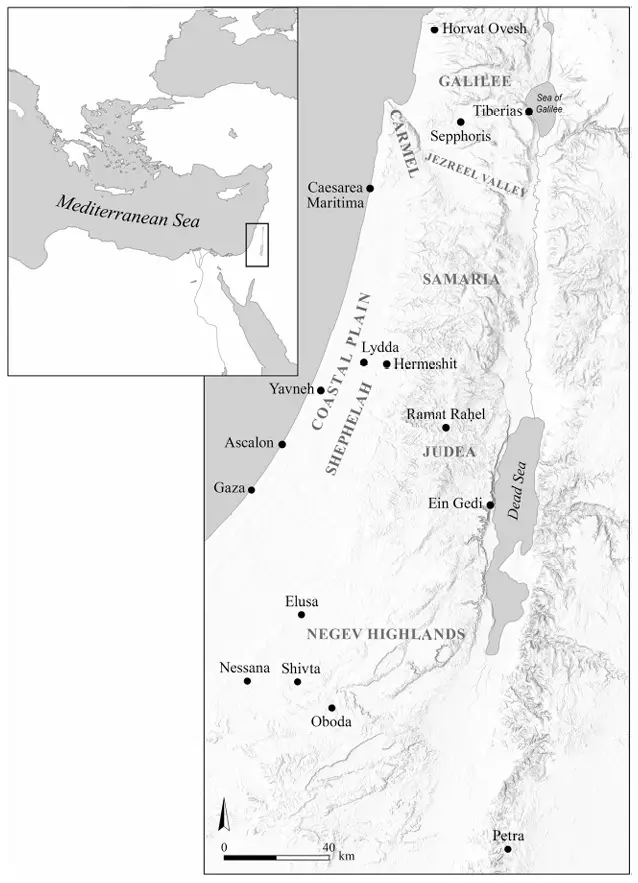A new paper titled “Mediterranean Viticulture in Late Antique Palestine” and authored by Shulamit Miller, Guy Bar-Oz, Eyal Ben-Eliyahu, and Gil Gambash was recently published in The Journal of Interdisciplinary History!
Viticulture in Late Antiquity was a widespread, economically vital, and regionally diverse form of horticulture in the Mediterranean world, and archaeological and textual sources such as rabbinical literature shed light on viticulture, particularly in Palestine. Vineyard cultivation was shaped by local geography, climate, and religious norms, with techniques ranging from dryland farming to terracing, and from small plots to industrial-scale wine production. Rabbinical texts highlight Jewish legal and theological concerns—such as prohibitions on mixed planting and non-kosher wine—yet also show that rabbis operated within a shared Mediterranean viticultural koiné. Despite religious distinctions, vintners engaged in trade, adapted common practices, and contributed to a vibrant, interconnected viticultural economy. This article’s multidisciplinary perspective positions Palestine as a fully integrated participant in Late Antique Mediterranean wine culture, with its own regional adaptations shaped by religious, economic, and environmental factors.
Read the full text here.


